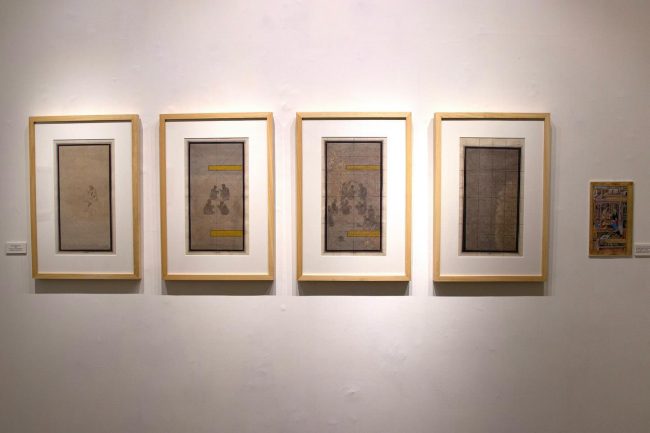Notion’s of socio-political and cultural confluence are now an extremely important component of the current South Asian ethos. In the realm of hi
Notion’s of socio-political and cultural confluence are now an extremely important component of the current South Asian ethos. In the realm of historical and cultural studies, no specific and widely recognized theory termed “confluentialism” exists. Nevertheless, various scholars of the West and the East have delved into related concepts and theories, shedding light on the interactions and convergences of cultures, thereby giving rise to novel societal and economic structures. The exploration of cultural convergence, syncretism, and hybridization proves instrumental in understanding these phenomena.
The concept of cultural convergence, which entails the amalgamation of diverse cultural elements, has been explored by scholars in cultural studies, anthropology, and sociology. While no single theorist is exclusively associated with this term, contributors to this discourse include prominent figures.
Cultural Syncretism, involving the merging of distinct cultural traditions, is a phenomenon studied by notable scholars like Victor Turner and Johan Huizinga. Their works delve into the dynamics of syncretism as it manifests through the exchange of ideas, beliefs, and practices among different cultures.
When cultures blend to create something new, Cultural hybridization has been discussed by scholars such as Néstor García Canclini. In “Hybrid Cultures: Strategies for Entering and Leaving Modernity,” García Canclini explores the dynamics of cultural hybridity, particularly in the context of Latin America. Likewise, the concept of transculturation, introduced by Cuban anthropologist Fernando Ortiz, explicates the two-way exchange and transformation of cultures. Ortiz’s seminal work, “Contrapunteo cubano del tabaco y el azúcar” (“Cuban Counterpoint: Tobacco and Sugar”), emphasizes the mutual influence and adaptation occurring when different cultures interact.
Immanuel Wallerstein, a key figure in world-system theory, has extensively examined the global economic and political system. His trilogy, “The Modern World-System,” offers insights into how different societies interact within a complex structure, highlighting the interconnectedness of cultures and the role of economic relationships in shaping global social structures.
Prominent postcolonial theorists, including Edward Said, Homi K. Bhabha, and Gayatri Chakravorty Spivak, have explored the effects of colonization on cultures and societies. Said’s “Orientalism,” Bhabha’s work on hybridity and the “third space,” and Spivak’s essay “Can the Subaltern Speak?” contribute significantly to understanding the ways in which colonized and colonizing cultures interact, leading to cultural changes and the emergence of new identities.
While these theories don’t explicitly employ the term “confluentialism,” they provide comprehensive frameworks for comprehending how cultures unite, mutually influence one another, and contribute to the evolution of new structures in societies and economies. The study of historical and cultural dynamics involves a nuanced examination of these interactions and their enduring impact on the development of human civilizations over time.
The point of this somewhat lengthy preamble is to bring Sadiq’s corpus of works in this exhibition into context. His own statement (reproduced in full, courtesy of the artist and Koel Gallery, at the end of this article) was extremely thorough and essentially leaves nothing out that potentially brings to mind the various threads of narrativity that he has investigated, explored and delineated in what is nothing less than a tour-de-force of artistic commitment. Most importantly, Sadiq’s oeuvre revealed Pakistan’s geographical situation and it’s cultural topology – past and present – in fantastic detail, as it were, by making transparent not only the methodologies involved, but also the socio-political backdrop of that the splendorous product of our region’s history in all it’s societal and singular forms. Again, the reader is advised to read Sadiq’s own words in order to appreciate the depth, breadth and therefore the immense value of his intention, which was indubitably the production of a methodological discourse. This does not mean to say that Sadiq had engaged in a cold and clinical endeavour – far from it. Sadiq was also indexing and personifying with great force, the spiritual and hugely energised entanglement that has at all times been the foundation of traditional South Asian art.





COMMENTS